Market Analysis
Micro Inverter Market (Global, 2024)
Introduction
The market for micro inverters is expected to undergo a major transformation as the world moves towards a more sustainable energy model. Direct current (DC) is converted into alternating current (AC) at the level of the individual panels. This technology offers several advantages over the more traditional string inverter, including better energy yield, increased reliability and greater design flexibility. With the expansion of the solar industry, the demand for efficient and scalable energy solutions is driving innovation in the micro inverter market. Several leading manufacturers are investing in technological advances such as improved energy yields and integrated monitoring systems to meet the growing demand for smart energy management. Furthermore, supportive government policies and incentives promoting the adoption of solar energy are further strengthening the market, creating a favorable environment for both new and established players to seize emerging opportunities.
PESTLE Analysis
- Political
- By 2024, governments in many countries have become increasingly supportive of micro-generation and other forms of renewable energy. For example, the United States has set aside $370 billion for clean energy initiatives in the Inflation Reduction Act, which will encourage the use of solar technology and micro-inverters. Germany has introduced a system of feed-in tariffs, which pay a guaranteed price for all electricity generated by solar panels and fed into the national grid. This will increase the use of micro-inverters in both domestic and commercial applications.
- Economic
- The economic framework of the micro-inverter market in 2024 is characterized by rising energy costs and the falling price of solar cells. The average cost of a solar installation has fallen by about 30 percent over the past five years, making solar energy more accessible to consumers. Moreover, the International Energy Agency estimated that the total investment in global renewable energy would reach $500 billion in 2023. This investment would have a positive impact on the development of the micro-inverter industry as part of the broader renewable energy industry.
- Social
- The use of alternative sources of energy is increasing. In the United States, for example, a survey shows that by 2024, 78% of households will have considered solar energy as a source of electricity. This evolution of the habits of the consumers is due to the growing awareness of the environment and the desire for independence in energy. Community solar programs are also developing, allowing more and more people to participate in the exploitation of solar energy. This collective use of solar energy should increase the use of micro-inverters.
- Technological
- The micro-inverter is a technological advance that will lead to a market increase in 2024. The new models have efficiencies of up to 96%, a considerable improvement over previous generations. In addition, the integration of smart technology, such as remote monitoring and performance optimization, is becoming the norm, with more than half of new systems already including these features. This trend is expected to improve the user experience and operational efficiency, driving the growth of the micro-inverter market.
- Legal
- In 2024, the regulations on the use of solar energy are becoming more and more severe, and new standards are being introduced to ensure safety and efficiency in the installation of solar cells. The National Electric Code (NEC) for example, is now a mandatory standard for micro-inverter installation. In addition, the implementation of state renewable portfolio standards, which require a certain percentage of energy to come from renewable sources, is further strengthening the legal framework for micro-inverters.
- Environmental
- The use of micro-inverters is becoming more and more popular, for studies have shown that solar energy reduces the carbon dioxide emissions by about 80 percent in comparison to fossil fuels. In 2024 the world is aiming for a carbon-neutral economy, and the stricter emission regulations will come into force. Some countries like the United Kingdom want to have zero emissions by 2050. In this climate, the focus is increasingly on the use of renewable energy and micro-inverters, which are essential for the realization of the goals of sustainable development.
Porter's Five Forces
- Threat of New Entrants
- The micro-inverter market has a moderate barrier to entry, including the need for significant capital investment in both technology and production. The growing demand for solar power solutions creates opportunities for new players, but the market is also dominated by established companies with strong brands and distribution networks. Moreover, the regulatory requirements and the need for technological expertise can deter new entrants.
- Bargaining Power of Suppliers
- The bargaining power of suppliers in the micro-inverter market is relatively low because of the availability of multiple suppliers of key components such as the inverter itself and the relevant electronic components. The inverter manufacturers can therefore easily switch to a different supplier. Nevertheless, suppliers of specialized technology do have some bargaining power, but the market is still relatively competitive.
- Bargaining Power of Buyers
- The bargaining power of the buyers in the micro-inverter market is high because of the many choices available in the market. Several companies offer similar products, so customers can easily compare the prices and features. This has led to price sensitivity. In addition, as the trend towards energy conservation among consumers grows, buyers have the power to demand better prices and quality.
- Threat of Substitutes
- “The threat of substitutes on the micro-inverter market is moderate. The threat of substitutes on the micro-inverter market is moderate.” The threat of substitutes on the micro-inverter market is moderate. The threat of substitutes is low because the advantages of micro-inverters are becoming better known, such as energy efficiency and better performance in the shade. However, advancements in alternative technology, such as power optimizer, can pose a challenge to micro-inverters in certain applications.
- Competitive Rivalry
- Competition in the micro-inverter market is intense, resulting from the presence of a large number of established and new entrants, which are all vying for market share. Competition is exacerbated by the fact that companies are constantly innovating and improving their products, leading to aggressive marketing and pricing strategies. Furthermore, the rapid growth of the renewable energy industry is further intensifying competition as companies compete to capitalize on the growing demand for solar energy solutions.
SWOT Analysis
Strengths
- High efficiency in energy conversion compared to traditional inverters.
- Modular design allows for easy installation and scalability.
- Enhanced performance in partial shading conditions.
- Increased reliability and reduced maintenance costs.
- Growing consumer awareness and demand for renewable energy solutions.
Weaknesses
- Higher initial cost compared to string inverters.
- Limited market penetration in certain regions.
- Complexity in system design and installation.
- Dependence on advanced technology and components.
- Potential for lower performance in very large installations.
Opportunities
- Rising global demand for solar energy and renewable technologies.
- Government incentives and subsidies for solar installations.
- Technological advancements leading to cost reductions.
- Expansion into emerging markets with growing energy needs.
- Integration with smart home technologies and energy management systems.
Threats
- Intense competition from traditional inverter manufacturers.
- Fluctuations in raw material prices affecting production costs.
- Regulatory changes impacting solar energy policies.
- Economic downturns affecting consumer spending on renewable energy.
- Potential technological obsolescence with rapid advancements.
Summary
The micro-inverter market in 2024 is characterized by its strengths in efficiency and versatility, which makes it a viable option for solar energy systems. However, the market is facing some challenges, such as higher costs and difficulties in installation. Opportunities are offered by the growing global trend towards the use of green energy and supportive government policies. Threats include competition and economic conditions. Strategic focus on innovation and market expansion will be crucial for market participants to take full advantage of the market's potential.
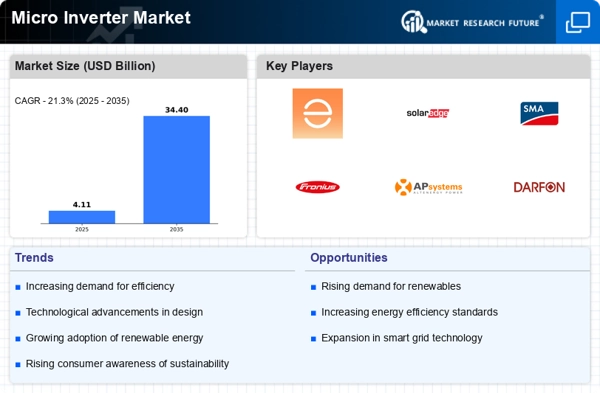
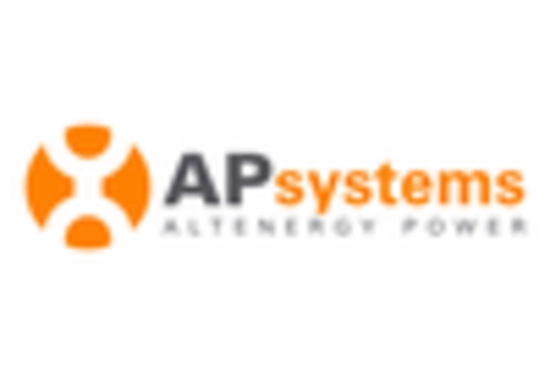
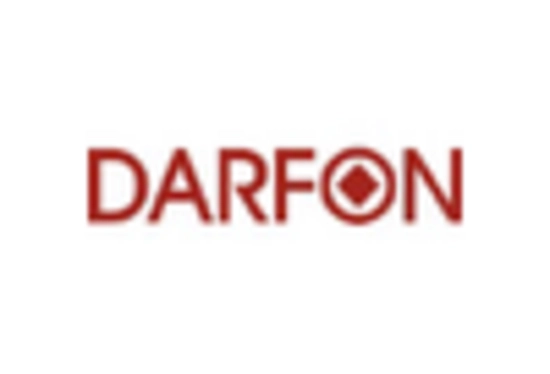
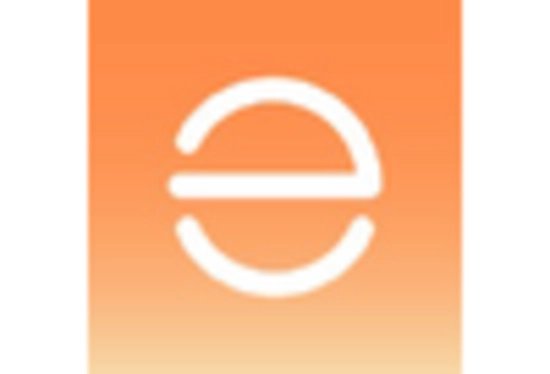
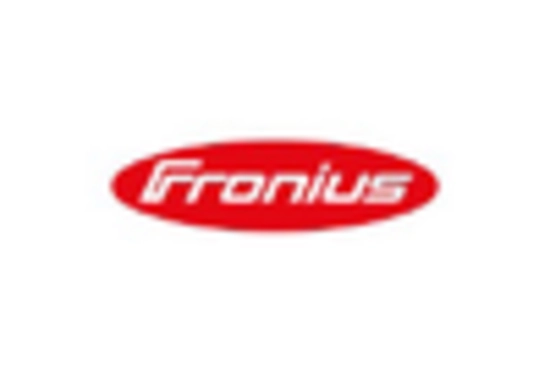
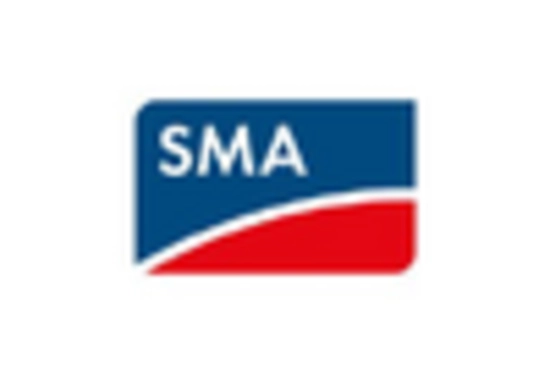
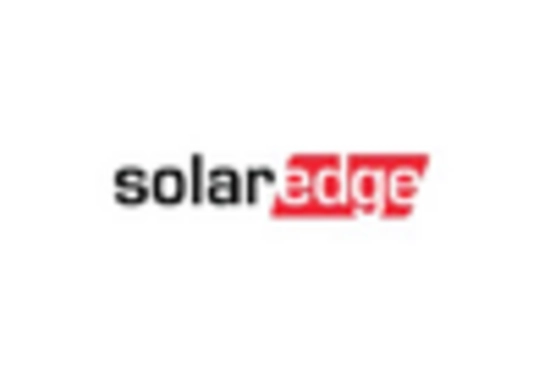









Leave a Comment